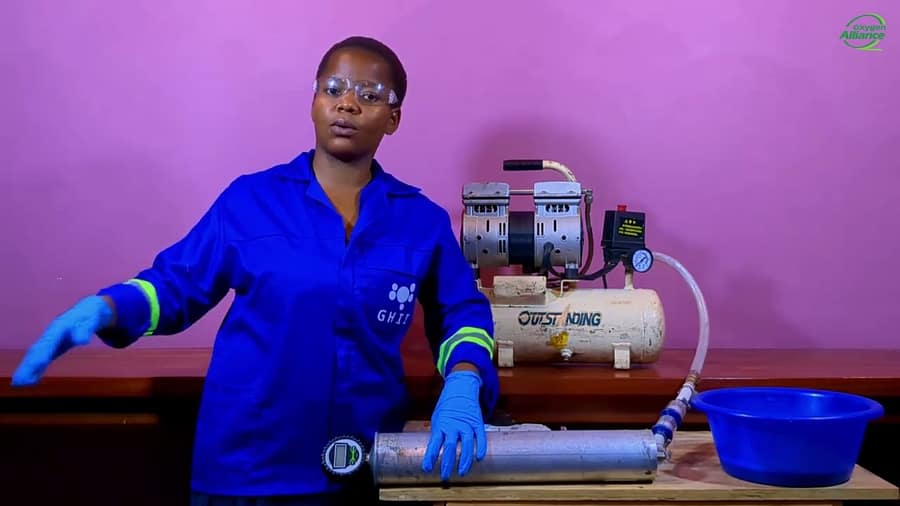The sieve beds are the functional core of any oxygen concentrator. These canisters, filled with zeolite material, are subjected to a continuous cycle of pressurization and depressurization. Before a newly filled or serviced sieve bed is installed back into a machine, it is essential to verify its structural integrity. A sieve bed pressure test is a non-negotiable quality control step that confirms the canister can safely withstand its operational pressure without leaking. Performing this test correctly is a fundamental practice for ensuring both the performance of the concentrator and the safety of the service environment.
Objective and Scope
The sieve beds are the functional core of any oxygen concentrator. These canisters are filled with zeolite material and are subjected to a continuous cycle of pressurization and depressurization. Before a newly filled or serviced sieve bed is installed back into a machine, it is essential to verify its structural integrity. This protocol details the sieve bed pressure test, a non-negotiable quality control step that confirms the canister can safely withstand its operational pressure without leaking. Performing this test correctly is a fundamental practice for ensuring both concentrator performance and service environment safety.
Required Equipment
The procedure requires a controlled setup with specific equipment.
- A portable air compressor with a storage tank
- A digital pressure gauge
- Appropriate hoses and fittings to connect the components securely
Mandatory Safety Precautions
Safety is the first priority in this procedure.
- Personal Protective Equipment (PPE): Wearing safety goggles and gloves is mandatory throughout the entire test.
- Component Positioning: It is crucial to position the sieve bed so that the pressure gauge is pointed away from any people or equipment. A catastrophic failure could turn the gauge into a projectile.
Test Procedure
This procedure must be followed methodically.
- Perform a physical inspection of the sieve bed canister for any visible damage.
- Securely attach the digital pressure gauge to one end of the sieve bed.
- Connect the sieve bed to the air compressor.
- With all connections secured, switch on the air compressor.
- Gradually introduce pressure into the sieve bed, carefully monitoring the digital gauge until it reaches a test pressure of 30 PSI.
- Once at pressure, apply a soap water solution to the seams and fittings of the canister.
Pass/Fail Criteria
- FAIL: The formation of any bubbles immediately indicates a leak. A sieve bed that leaks has failed the test and must not be installed.
- PASS: If no bubbles form after a thorough application and inspection, the canister’s integrity is confirmed, and it is fit for purpose.
The Importance of Quality Control
This simple, proactive check prevents the frustrating and inefficient scenario of installing a faulty component. It provides absolute confidence that the canister is sound before installation. This procedure elevates service work to a higher standard of professionalism and safety, reinforcing the reliability of every repair.
Video Resource
A video guide is available to provide a clear, visual walkthrough of this vital quality control procedure. The demonstration covers the correct setup, safety precautions, and testing technique to ensure the test can be performed with confidence.
Watch the full pressure test video here:

